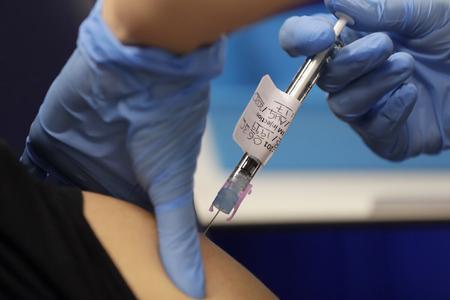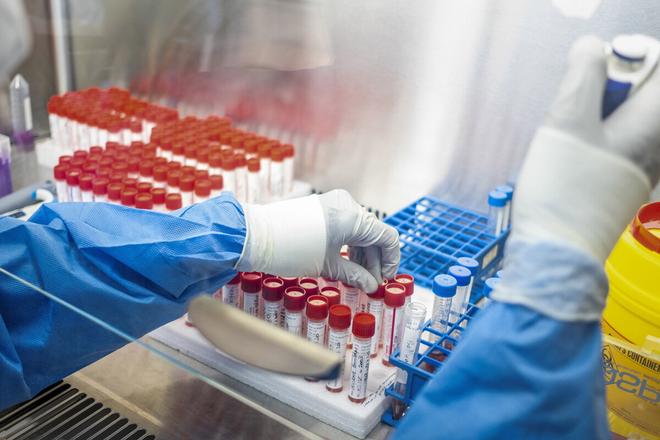A Slovak test to distinguish between ordinary flu and the coronavirus awaiting approval.
Our paywall policy:
The Slovak Spectator has decided to make all the articles on the special measures, statistics and basic information about the coronavirus available to everyone. If you appreciate our work and would like to support good journalism, please buy our subscription. We believe this is an issue where accurate and fact-based information is important for people to cope.
“The fight against the second coronavirus wave may be complicated by the start of the flu season,” said the MultiplexDX company, which is developing the test, as quoted by the SITA newswire. “Regarding similar symptoms, it will be crucial to distinguish patients with ordinary flu from those infected with the coronavirus.”
Apart from MultiplexDX, the test is developed by the Biomedical Research Centre of the Slovak Academy of Sciences (BMC SAV) in collaboration with the Public Health Authority, and has been supported by the Slovak Research and Development Agency, running under the Education Ministry.
It is currently awaiting clinical validation.
Distinguishing tests important
More than 1 million people in Slovakia suffer from acute respiratory disease during the flu season every year. Therefore, the Slovak scientists decided to develop a test that would distinguish between flu and COVID-19.

The distinguishing tests are important if diseases with very similar symptoms occur concurrently.
“If the test shows negative results for COVID-19 and positive for flu, we can be more sure that we don’t release falsely negative patients to the streets, which is the biggest contribution of this type of tests to the fight against the coronavirus,” MultiplexDX said, as quoted by SITA.
The test is based on the RT-qPCR test developed in spring, which has several innovative features.
“We’ve improved the sensitivity of our test and extended its range to seasonal flu viruses, but at the same time simplified the handling of the test,” Pavol Čekan of MultiplexDX said, as quoted by SITA.
The new production method will enable the transport of tests under room temperature, which should simplify the logistics, storage and use of tests.
Scientists expect that after the validation process on samples ends in late September, the test might be sent for certification.



 Illustrative stock photo (source: AP/TASR)
Illustrative stock photo (source: AP/TASR)